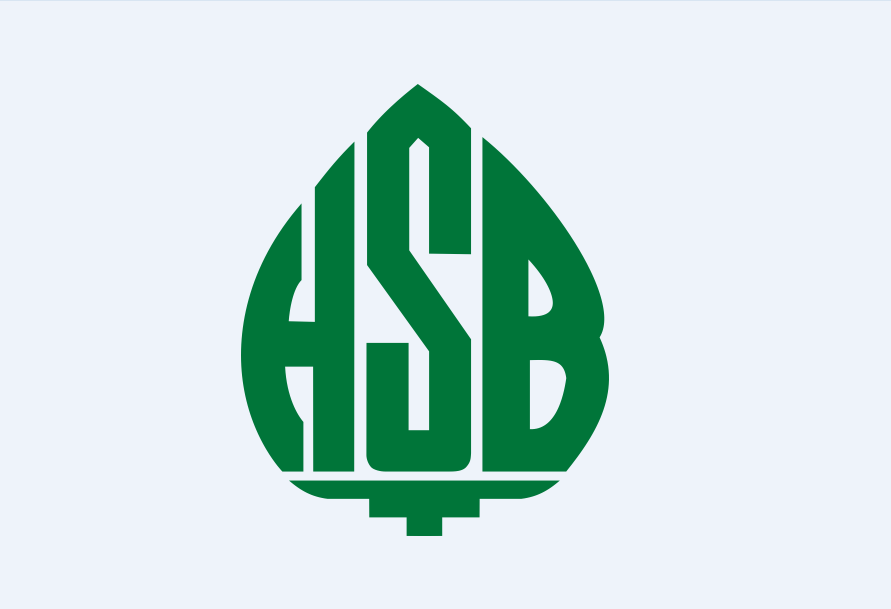The Significance of Rituals

A ritual is a planned series of symbolic activities generally characterised by formality and repetition that lacks clear utilitarian aim
What associations do you have with the word “ritual?” Most likely, it will be of a religious nature, with puja, chanting, and centuries-old customs. You may dismiss them as nothing more than routine or the accepted norm, with no actual bearing on anything. Consumers’ habits and routines are of considerable importance to businesses and marketers alike, and rituals may easily become ingrained in people’s daily lives. Rituals, in contrast to habits, are purposeful acts.
When making their morning coffee, many individuals adhere to a strict routine. The proper mug, filled with just the right amount of freshly brewed coffee, is heated and presented in just the right manner. Disrupting the process by skipping steps or making other alterations leaves participants feeling unfinished.
What does it mean when we say something is a ritual?
Whether verbal or physical, a ritual is a series of actions that are repeated in the same or comparable circumstances and have significance beyond their practical use. Ritualistic consumer behaviour is not the same as habitual behaviour since the latter is purely mechanical, while rituals contain significance beyond the simple repetition of a set of actions. When compared to rituals, which sometimes include a series of actions, habits tend to be simpler. A ritual, in contrast to an individual’s routine, may include many people and continue for a long time.
Some ritualistic consumer behaviours have religious or cultural roots, while many others start when something in a family or group of people either mirrors or creates a ritual that already exists.
The components of a ritual might provide light on ritualistic behaviour.
- Artefacts: objects used in a ritual are called artefacts. There are times when things take on the power of charms.
- Sequences: The sequence includes the what, who, when, where, and why of each ritual object and action, as well as the accompanying details (most of which are unwritten). It is the particular actions taken at each juncture of the ceremony. The amount of specificity and stringency required by a script might vary widely.
- Enactment: Whether a ritual is spoken or written, the person taking part must do the right thing.
- Participants & Viewers: A lot of rituals are performed not only for the benefit of the individual performing the ritual but also for the benefit of any onlookers.
The importance of consumer rituals
The ritual not only gives significance to the consumer’s actions but the things they utilise and the results they achieve.
The importance of ritual behaviour was investigated by a team of Harvard University researchers, who devised a process for unwrapping a chocolate bar and contrasted its reception to that of just giving participants access to the chocolate. In addition to enjoying the chocolate more after executing the ritual, participants in the trial were also willing to pay a higher price.
Where there is a lack of clarity about the future, rituals flourish. Concern about the future’s ability to provide materially, socially, professionally, or emotionally. The routine gives us confidence in the face of uncertainty and boosts our chances of achieving our goal. In the realm of social interaction, customs might evolve into social norms or etiquette. Acceptance, unity, and good health are the goals of many rituals.
The ritual serves as a mental checklist of what has to be done, in what sequence, and by whom, helping to mitigate risk and guarantee the desired result. They also help us get in the zone before beginning work. If we go through the motions of the ritual, it gives us confidence that we’re prepared to begin. The morning pooja, for instance, guarantees that we have everything we need and are in the correct frame of mind to begin the day.
In addition to making us feel safer and more secure, rituals allow us to finally let go of the past and embrace the future with open arms.
Objects that are very important in a ritual may be worth more because the ceremony is so important.
To what extent may consumer behaviour rituals be researched?
Because of how commonplace rituals are, it’s easy to overlook them, particularly when they’re ones we participate in on our own. The first step in discovering purchasing rituals in your category is to analyse purchase intent, the route to purchase, and the customer’s overall experience with your brand. Examining the larger picture may also be helpful in identifying rituals, since this may provide clues to the circumstances that first triggered the behaviour in question. The cultural norms and customs typically set off the incident. As an example, a ritual involving charity may be a component of a larger ritual involving coming of age or a transformation in one’s sense of self. If you look at the bigger picture, you might be able to figure out what a ritual is trying to do and how important the dangers it is trying to avoid are.
Reference
https://www.linkedin.com/pulse/understanding-using-consumer-rituals-marketing-se%C3%A1n-mcnally/



